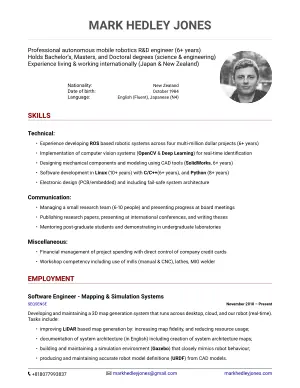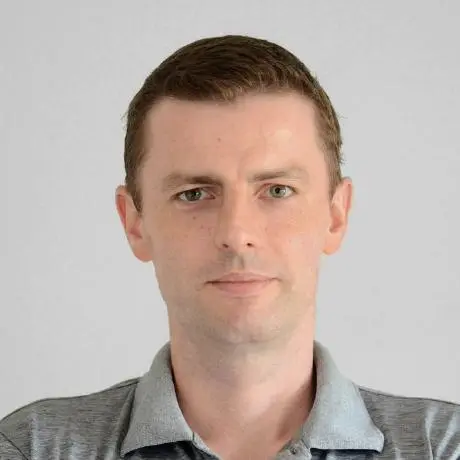
Hi, I'm Mark
Researcher and electronic, robotic, and software engineer
Feel free to get in touch: markhedleyjones@gmail.com
Current Work
Robotics Software Engineer
At SEQSENSE, I develop software for autonomous robots including SQ2, a security robot that performs scheduled patrols in office buildings, and Forro, a delivery robot developed with Kawasaki Heavy Industries.
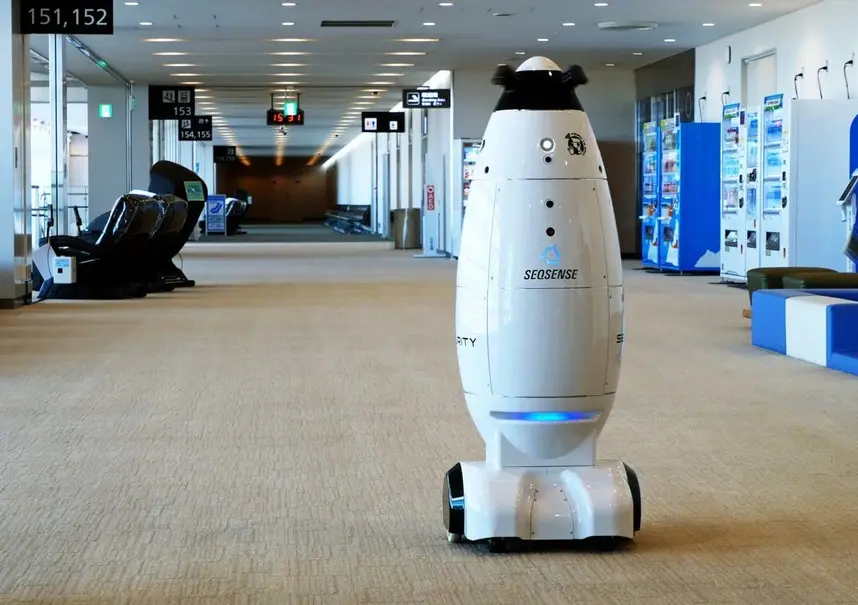
Both robots use a rotating turntable with three 2D LiDARs for navigation and wide-angle cameras for 360-degree vision. They transmit real-time data to a web platform for monitoring and can autonomously dock for charging and operate elevators for multi-floor operations.
My work centers on 3D object detection and tracking systems, SLAM-based mapping solutions, and training new detection models for people and other robots using PyTorch and OpenVINO. The video shows a prototype interface I developed for real-time SLAM mapping using ROS and C++. Users could view maps as they were built, with scan quality indicated in green. The interface was designed for tablet/smartphone display mounted to a PlayStation controller.
Agricultural Robotics Research
Kiwifruit Automation Project
As a post-doctoral researcher with the University of Waikato and University of Auckland, I worked on robotic systems for kiwifruit operations. The project involved collaboration between universities, Plant and Food Research, and Robotics Plus Ltd, funded by the Ministry of Business, Innovation and Employment. The 12-person team developed autonomous systems for pollination, harvesting, and platform mobility, though the technology ultimately proved economically challenging for commercial deployment.
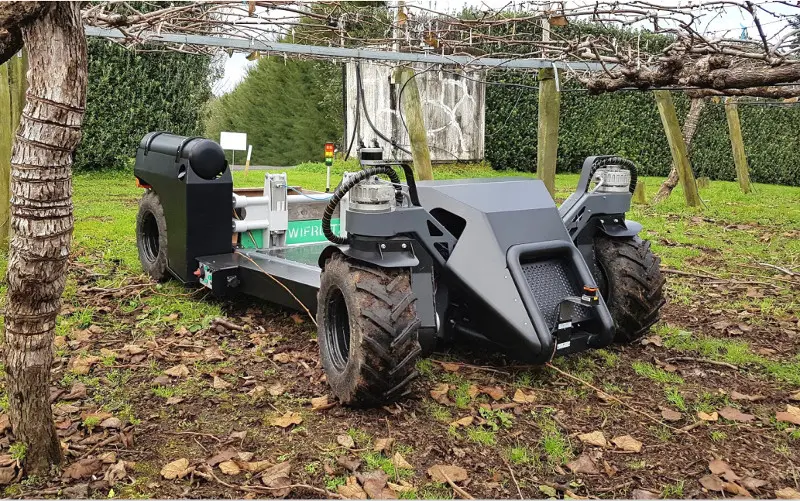
Autonomous Platform Development
The multi-purpose platform served as a mobile base for harvesting and pollinating systems. This hybrid petrol-electric vehicle achieved autonomous row-following using LiDAR-based orchard structure sensing. Six electric motor/gearbox units provided full electric drive capability while supplying AC and DC power to mounted systems. The platform supported 1 tonne payload capacity with additional fruit storage between rear wheels.
Harvesting System
The harvesting system identified kiwifruit in 3D space using stereo cameras and neural networks. It determined optimal picking sequences to minimize damage to neighboring fruit before directing robotic arms to collect fruit. The integrated approach combined computer vision, machine learning, and precision robotics for orchard operations.
Pollination System
The pollination system used the same camera and neural network infrastructure to identify flowers in 3D space. It calculated pollen solution trajectory timing to account for vehicle motion, ensuring accurate flower targeting while driving. The system enabled autonomous pollination operations across orchard rows.
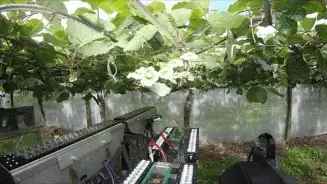
Publications
- Mark Hedley Jones, Jamie Bell, Daniel Dredge, Matthew Seabright, Alistair Scarfe, Mike Duke, Bruce MacDonald (2019). Design and Testing of a Heavy-Duty Platform for Autonomous Navigation in Kiwifruit Orchards. Biosystems Engineering
- Henry Williams, Mahla Nejati, Salome Hussein, Nicky Penhall, Jong Yoon Lim, Mark Hedley Jones, Jamie Bell, Ho Seok Ahn, Stuart Bradley, Peter Schaare, Paul Martinsen, Mohammad Alomar, Purak Patel, Matthew Seabright, Mike Duke, Alistair Scarfe, Bruce MacDonald (2019). Autonomous pollination of individual kiwifruit flowers: Toward a robotic kiwifruit pollinator. Journal of Field Robotics.
- Henry Williams, Canaan Ting, Mahla Nejati, Mark Hedley Jones, Nicky Penhall, JongYoon Lim, Matthew Seabright, Jamie Bell, Ho Seok Ahn, Alistair Scarfe, Mike Duke, and Bruce MacDonald (2019). Improvements to and large‐scale evaluation of a robotic kiwifruit harvester. Journal of Field Robotics
- Henry A.M. Williams, Mark H. Jones, Mahla Nejati, Matthew J. Seabright, Jamie Bell, Nicky D. Penhall, Josh J. Barnett, Mike D. Duke, Alistair J. Scarfe, Ho Seok Ahn, JongYoon Lim, Bruce A. MacDonald (2019). Robotic kiwifruit harvesting using machine vision, convolutional neural networks, and robotic arms. Biosystems Engineering
